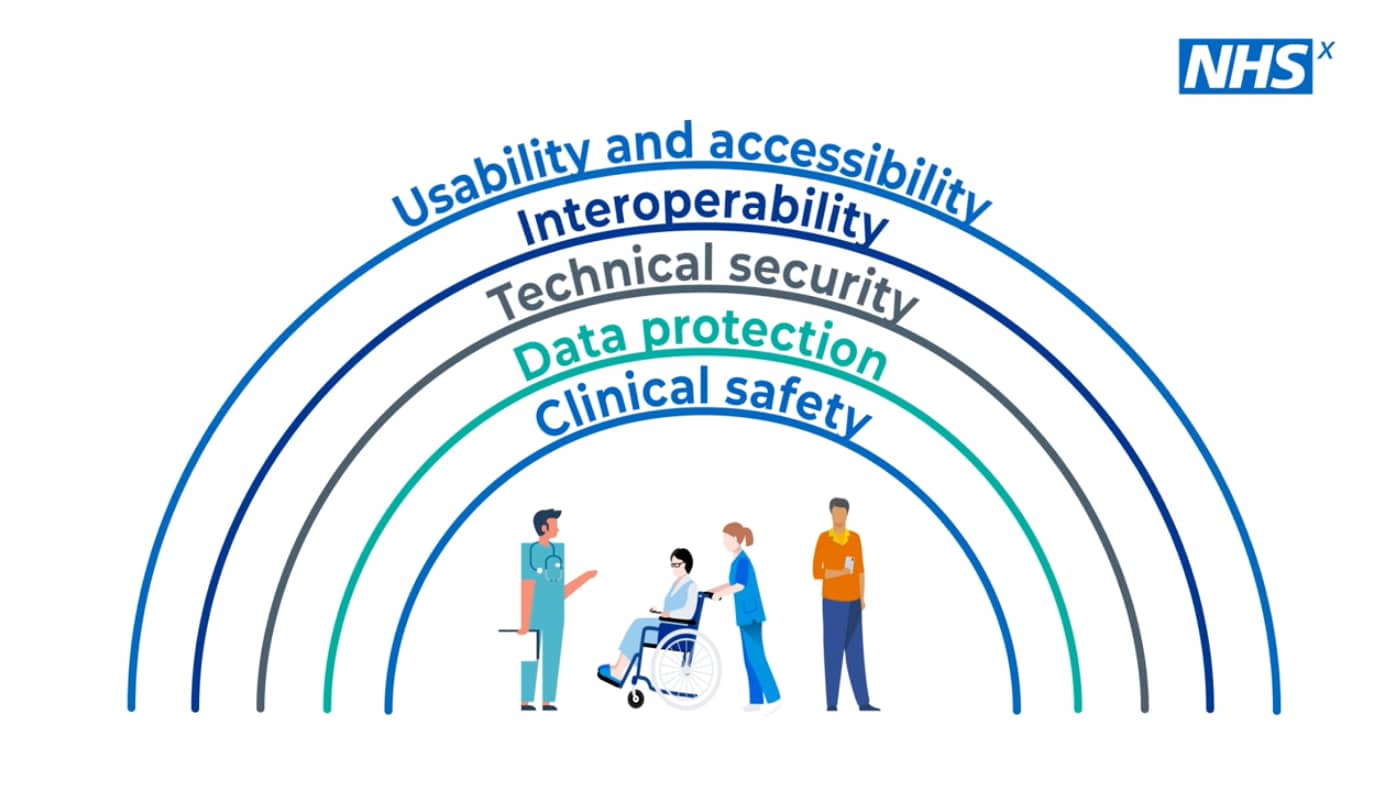In June this year, I had the pleasure of being on a panel at London Tech Week, discussing the barriers to entry to the UK market and the challenges of running a UK team out of Australia and NZ (timezone, timezone timezone).
As I looked out over the audience, I asked whether any companies in the room were Digital Health companies targeting NHS clients. There was only one at that event, but many more at a Dragon’s Den style event a few days later.
There was one aspect of selling to the NHS that I wanted to highlight for companies who hadn’t yet arrived in the UK. These were the regulatory and compliance hurdles that need to be overcome to just be in the game – hurdles that keep cropping up every time you think you’re on the home straight. In the five years we have had clients in the UK, the NHS DSP Toolkit has been subsumed by DTAC (Digital Technology Assessment Criteria), ISO 27001 has become a must-have, Cyber Essentials has grown in importance, and with Brexit, the UK now has its own version of a CE Marking and Software as a Medical Device frameworks.
(I’m sure someone also told us all about the compliance barriers to market entry, and, being entrepreneurs, we would have blithely ignored them.)
As Cemplicity’s work in the UK has expanded, led by demand for our PROMs and symptom tracking services in clinical settings, meeting compliance standards has become a core part of our work. Last year we gained our ISO 27001 certification, and we celebrated achieving DTAC compliance this month. We are now preparing for UK Medical Device certification to reflect our planned product evolution.
My key message for new market entrants is to embrace the compliance tasks and allocate dedicated resources to this part of your business as soon as you can. It’s made a considerable difference to Cemplicity to have a lawyer, Will Shearman, in our team with a data protection hat on to keep abreast of regulations changes and ensure the commitments we make directly drive our internal systems, policies and processes.
As a product company, one of the surprising benefits of working with the NHS is how the compliance standards, particularly DTAC, have improved our platform for clients in all countries. You can see in this image how the components of DTAC are critical for any software designed for use with healthcare staff or patients. DTAC is intended to enable the NHS to choose digital health solutions simply and quickly, ensuring consistency in how different solutions are assessed. It’s a handy tool for our clients and us.
Image source: Digital Technology Assessment Criteria (DTAC) | NHSX

